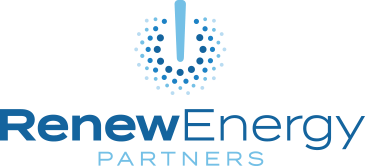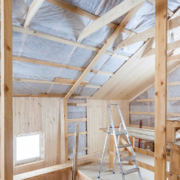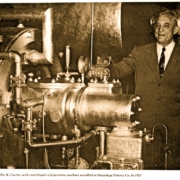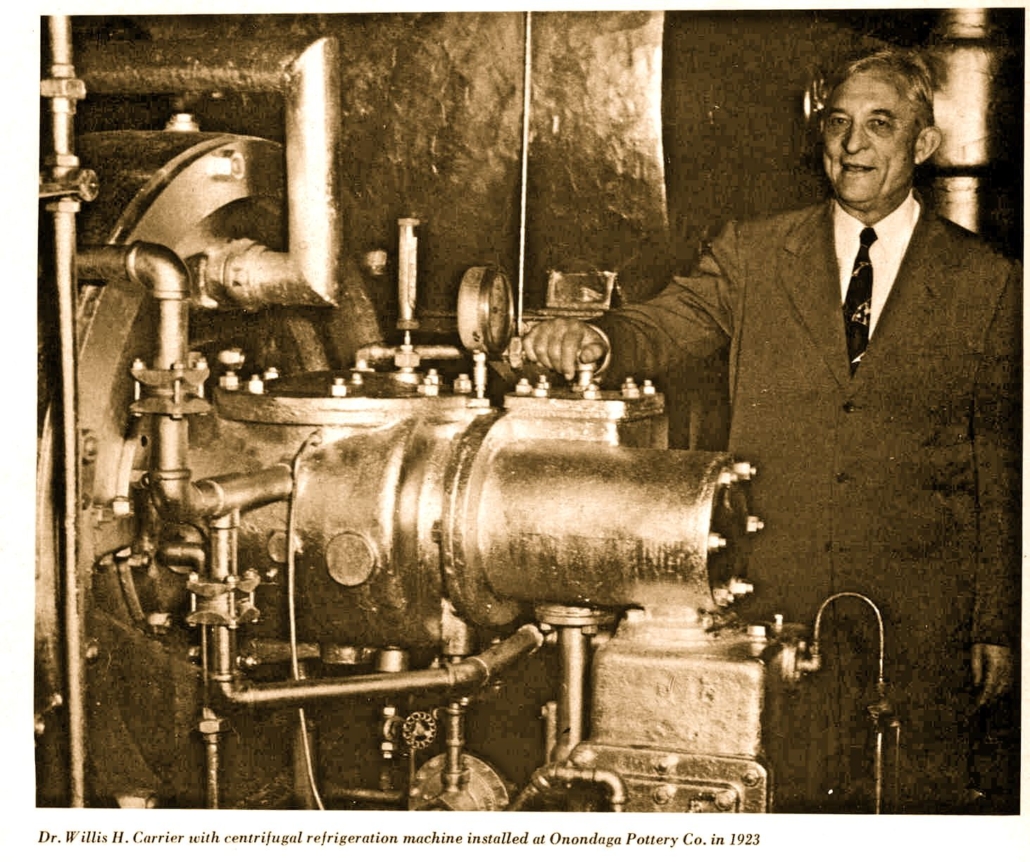Energy Saving Retrofits: Building Envelope and Insulation
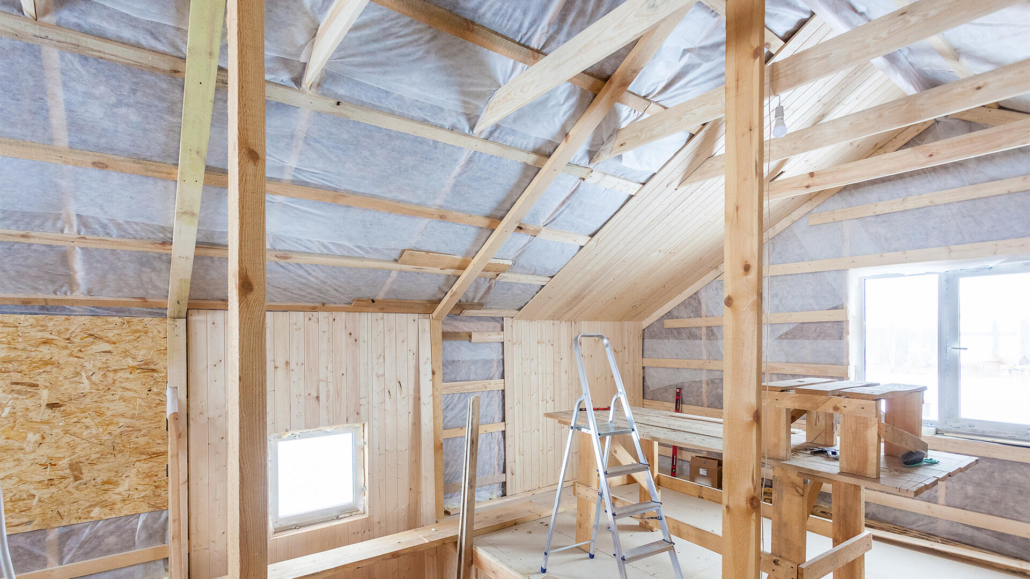
RENEW Energy Partners specializes in funding energy saving retrofits for your commercial, industrial, and institutional buildings. There are many different technologies we can install to make your buildings more efficient and reduce your energy bill. One strategy for significant savings is to upgrade your building envelope and insulation to prevent energy from escaping and being wasted.
Building Envelopment and Insulation
Decarbonizing retrofits typically involve multiple aspects of a building’s systems, such as HVAC, lighting, and water usage. However, the building’s envelope and insulation are often the first place to start, as it can have a significant impact on a building’s energy use and GHG emissions. Upgrading HVAC and other mechanical upgrades are certainly important, but if you have a drafty building, even the most efficient heating and cooling systems will not be effective.
Insulation:
Insulation has to do with preventing heat flow through building perimeters. A building envelope keeps conditioned air inside the building. Together, they help keep buildings cool in warmer months and warm in cooler months.
Additionally, piping that carries hot water, steam, or chilled water to heating and cooling appliances needs to be insulated, and over time that insulation can break down and need replacement. Uninsulated hot water or steam pipes will lose heat constantly, leading to poor efficiency. Uninsulated chilled water piping has the same problem but can also cause condensation and lead to property damage.
When considering insulation options for decarbonizing retrofits, it’s important to consider the R-value, or thermal resistance, of the material. The higher the R-value, or the more heat resistant the insulation material, the better the insulation will perform.
Insulation plays a major role in the energy efficiency of a building. It can help keep the indoor temperature stable, reducing the need for heating and cooling systems. When selecting insulation materials for a retrofit project, there are several factors to consider, including budget, effectiveness, and environmental impact. Some common insulation materials include fiberglass, cellulose, and spray foam, but not all insulation materials are created equal.
Spray foam for example, is not always the best product. Its main advantage is that industrial applications are fast to apply in new build construction, so it’s generally cheaper. A more common retrofit technique is a siding replacement project, foam board (polystyrene) is added to the outside surface of a building, followed by a layer of “house wrap” vapor barrier, then new siding. Generally, you remove the existing siding first, but that depends on the existing construction method.
Building Envelopment:
The building envelope itself is made up of the walls, roof, windows, doors, and other exterior components of a building. It serves as a barrier between the interior and exterior of the building, protecting the occupants from the elements and providing thermal insulation. When a building is properly insulated and sealed, it can significantly reduce energy consumption and GHG emissions.
In addition to insulation, other aspects of the building envelope that can contribute to decarbonizing retrofits include windows and doors, roofing, and air sealing. Upgrading to high-performance windows and doors can also reduce heat transfer, while reflective roofing can minimize the amount of heat absorbed by a building. Proper air sealing can also help to prevent drafts and minimize energy loss.
Lastly, there are building management technologies on the market that focus on monitoring building envelope. Once installed, any air leaks can be detected easily and in real time, strengthening the building envelope and reducing maintenance costs.
Conclusion
Building Envelope and Insulation are often referred to in the energy industry as a building’s “lungs.” If there are holes in the lungs, then any air that is pumped into them has the possibility of leaking out. Any energy saving retrofits applied to HVAC systems will have minimal effect if a building is not well enveloped and insulated.
Updating a building’s envelope and insulation can help customers keep their buildings airtight, keeping the energy they produce within their walls for as long as possible. This helps maintain consistent internal environments and avoids excess energy output to continuously heat and cool indoor spaces.
No matter how you decide to increase your energy efficiency and decrease your carbon footprint, these kinds of projects require funding. In order to fund an energy efficiency project for your building(s), RENEW Energy Partners offers an energy service agreement (ESA). The Energy Service Agreement:
- May be treated as an off-balance sheet transaction. In that case, you do not own the asset or carry it on your balance sheet (consult your tax advisor).
- RENEW provides preventive and corrective maintenance in the service agreement.
- Your payment to RENEW will be based on the energy savings confirmed once the system is operational.
The RENEW Energy Service Agreement allows businesses to focus on what they do best, while ensuring that their facilities are performing at their peak with brand new, and high-efficiency equipment. In this current climate of cost control and resource allocation, the energy service agreement is the perfect solution to help businesses meet sustainability goals and keep facilities in top condition. Reach out to RENEW and talk to us about financing your energy saving retrofits today.
